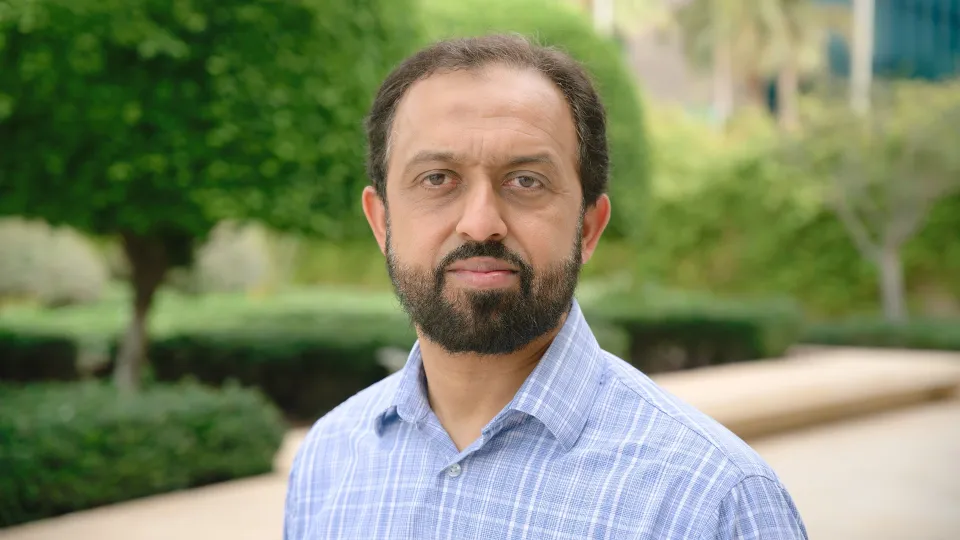
Millimeter-Wave Applications Based on Gap Waveguides Technology
- Prof. Ahmed Kishk, Electrical and Computer Engineering, Concordia University, Montreal, Canada
B9 L2 H2 LH2
Traditional guiding structures and microwave packaging have limitations regarding losses or physical realization. Therefore, there is a need for efficient millimeter-wave guiding structures that overcome such limitations. Gap waveguide technology is found to overcome such limitations at millimeter-wave bands. Interest in such technology is increasing.
Overview
Abstract
Traditional guiding structures and microwave packaging have limitations regarding losses or physical realization. Therefore, there is a need for efficient millimeter-wave guiding structures that overcome such limitations. Gap waveguide technology is found to overcome such limitations at millimeter-wave bands. Interest in such technology is increasing.
The gap waveguide (GWG) structure concept does not require electrical contact between the parts where waves are suppressed or propagated. The propagating mode operates within the electromagnetic bandgap (EBG) of a periodic structure. Waves propagate along a guiding structure with open sides surrounded by the periodic structure. The basics of operation will be presented. The GWG is suitable for millimeter wave applications as it is self-packaged with no radiation losses.
The EBG structure has around 1:2 bandwidth that can be enhanced under some conditions. Several passive millimeter components, such as power dividers and couplers, are designed and used in some applications. The GWGs are used to design efficient filters and Diplexers, cooperate feeding networks, and beamforming networks for antenna arrays. This technology is expected to be widely used in designing millimeter wave components needed for the physical layer of the 5G/6G applications. Several examples will be presented.
Brief Biography
Ahmed A. Kishk is a professor at Concordia University, Montréal, Québec, Canada (since 2011), as Tier 1 Canada Research Chair in Advanced Antenna Systems. He was a distinguished lecturer for the Antennas and Propagation Society (2013-2015). He was an Editor of Antennas & Propagation Magazine (1993-2014) and an Editor-in-Chief of the ACES Journal from 1998 to 2001. He was a member of the AP-S AdCom (2013-2015) and the 2017 AP-S president.
Prof. Kishk's research interest is broad in Electromagnetic Applications. He has recently worked on millimeter-wave antennas for 5G/6G applications, Analog beamforming networks, Electromagnetic Bandgap, phased array antennas, reflectors/transmitarray, and wearable antennas. In addition, he is a pioneer in Dielectric resonator antennas, microstrip antennas, small antennas, microwave sensors, Multi-function antennas, microwave circuits, and Feeds for Parabolic reflectors. He has published over 455 refereed journal articles, 530 international conference papers, and 125 local and regional conference papers. He co-authored four books and several chapters and was the editor of six books. He offered several short courses at international conferences. According to Google Scholar, his work was cited over 31,500 times with an H-index of 76 in the 9th edition of Research.com, ranking the best scientists in electronics and electrical engineering. The bibliometric data for estimating the citation-based metrics were gathered on December 21, 2022. Prof. Kishk was ranked first in Concordia University, 23rd in Canada, and 401 worldwide.
